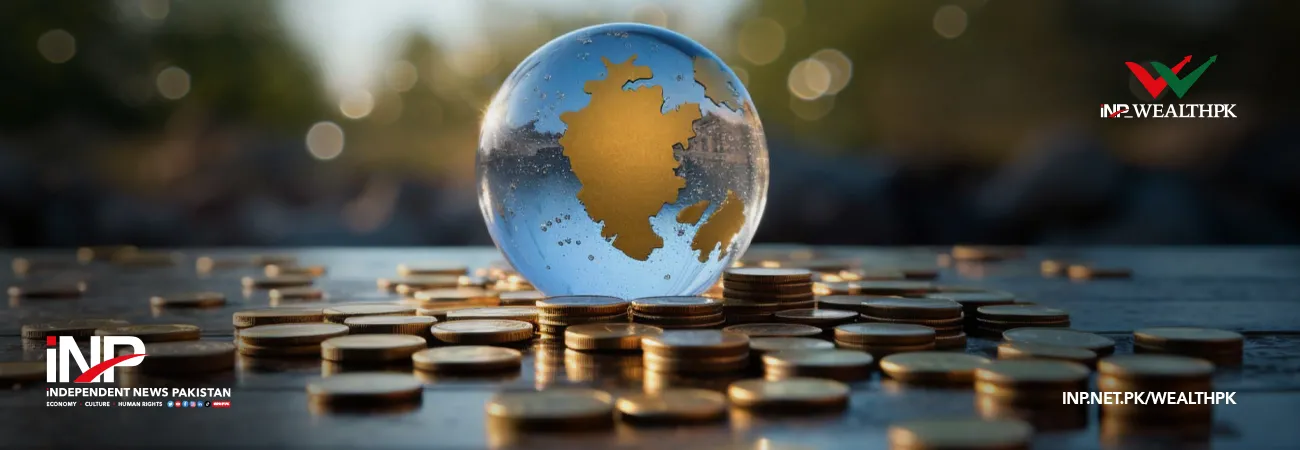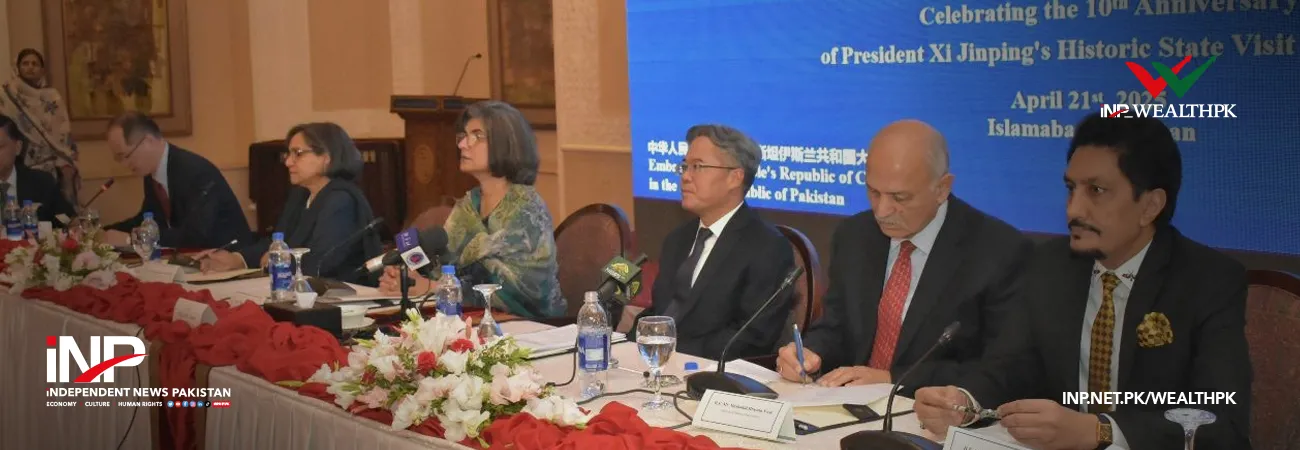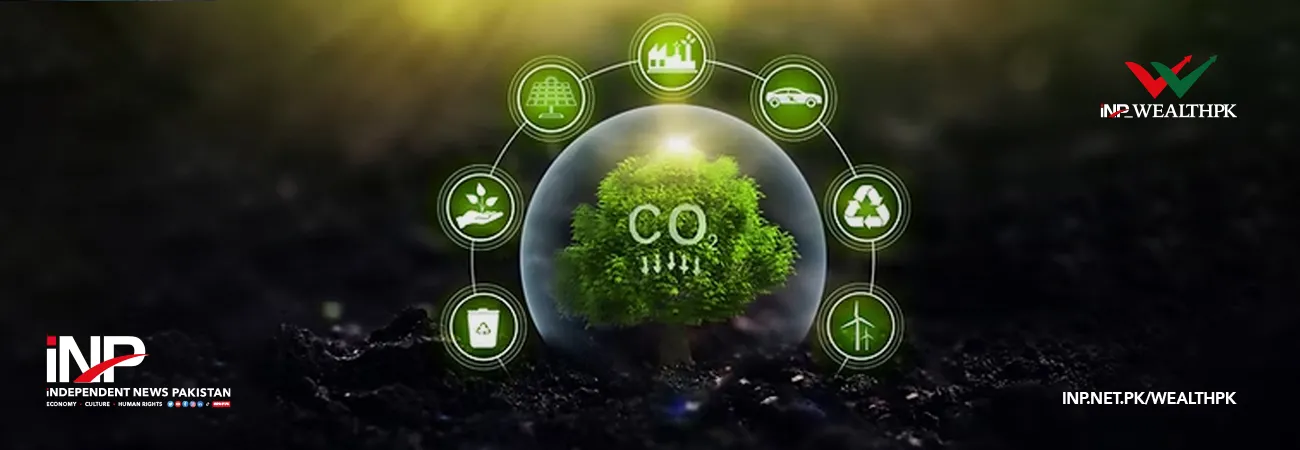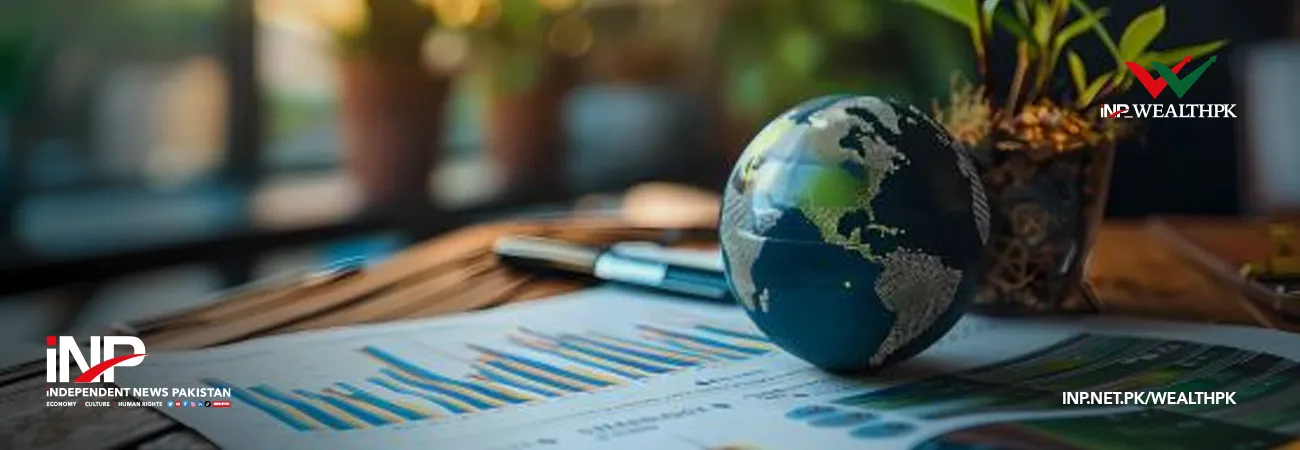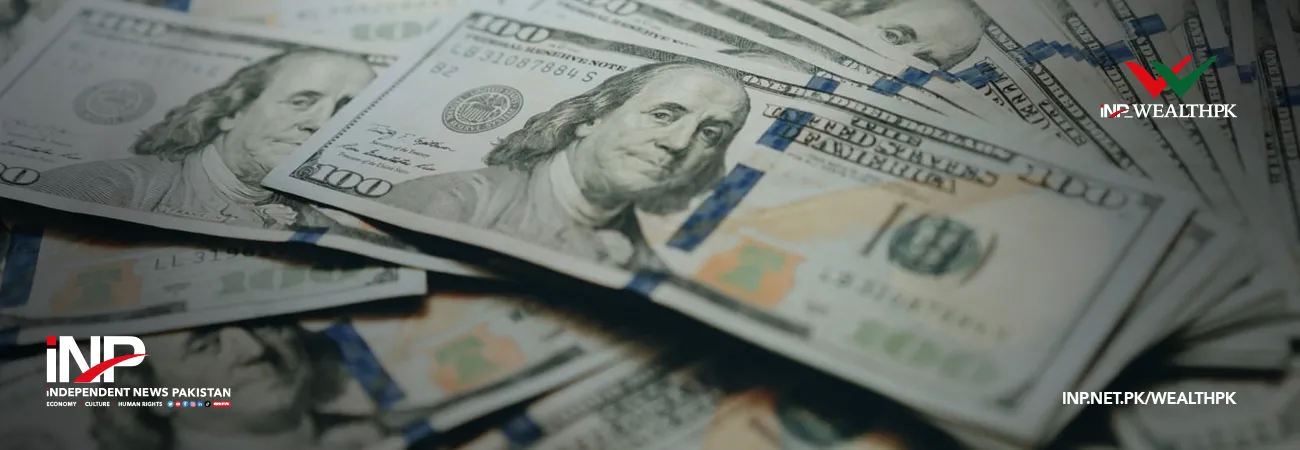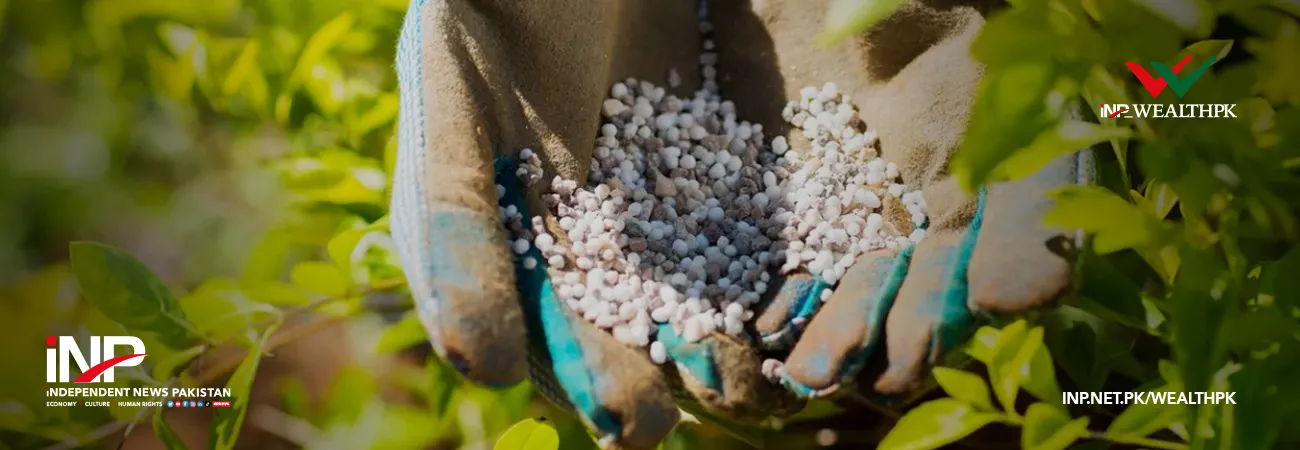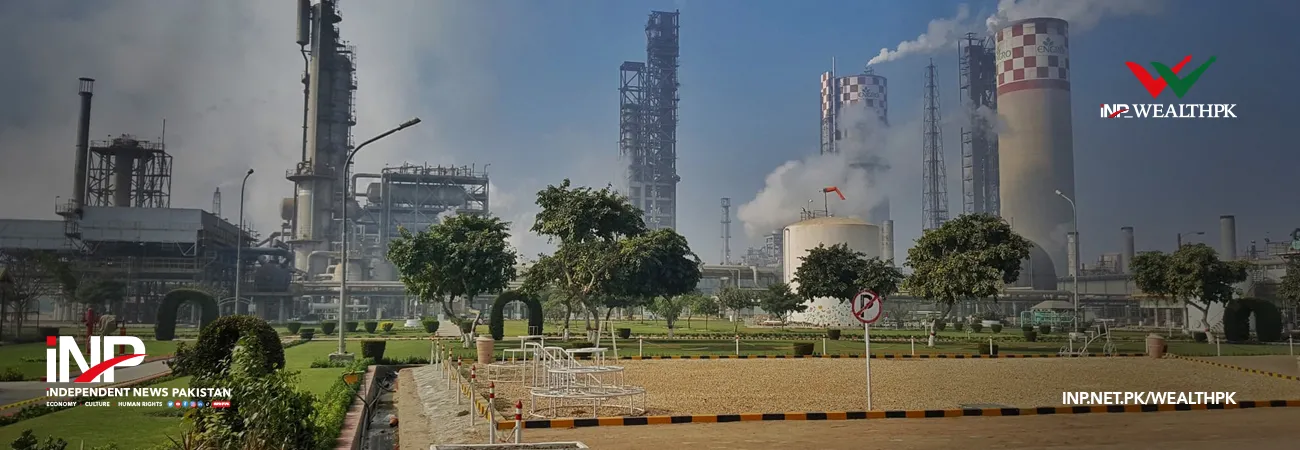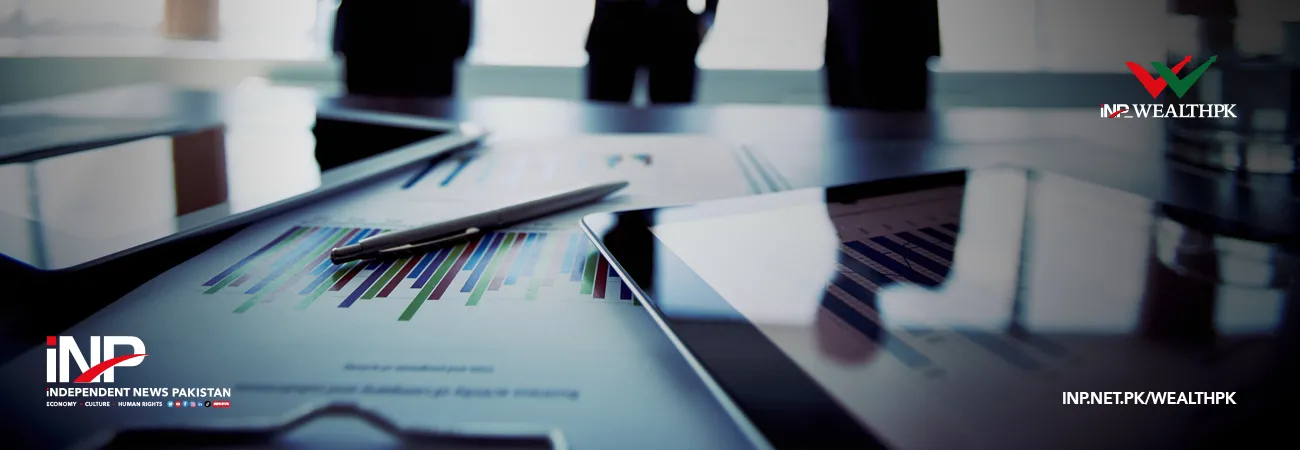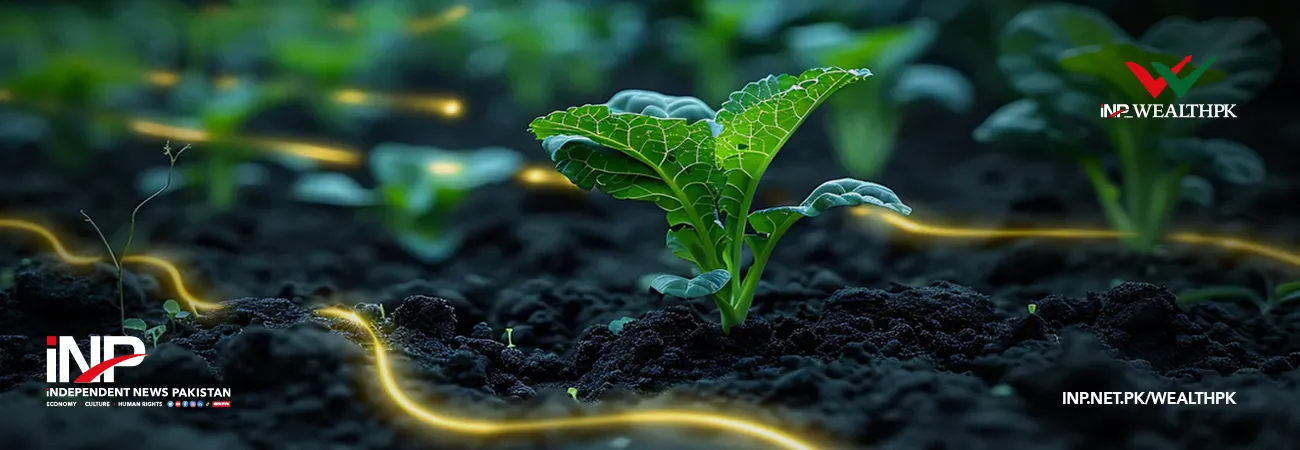INP-WealthPk
Moaaz Manzoor
As Pakistan navigates a fragile economic recovery, experts argue that sustaining reform momentum and unlocking the potential of the private sector are crucial to achieving durable and inclusive growth.
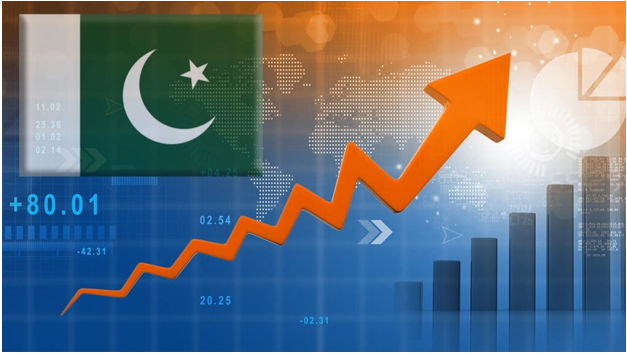
Speaking to WealthPK, Dr Nasir Iqbal, Registrar at the Pakistan Institute of Development Economics (PIDE), emphasised that the projected GDP growth rate of around 3% for FY25 reflects early signs of stabilisation after a prolonged period of high inflation, interest rates, and fiscal stress. “This year appears to be a recovery phase — one of stabilisation — where massive spending is not possible under the ongoing IMF programme. However, lower inflation, easing interest rates, and exchange rate stability are laying the groundwork for renewed business activity,” he said.
According to Iqbal, this environment presents an opportunity for the government to promote investment and reforms that boost confidence. “The government's focus on reducing interest rates, maintaining exchange rate stability, and pushing a reform agenda is a clear signal aimed at enabling business growth. These interventions are a first step toward the long-term goal of high growth,” he noted.
Linking these developments to Pakistan’s broader economic vision, Iqbal said that for the country to become a trillion-dollar economy in the next decade, “We must accelerate growth to 6-7%. But first, we need a stable foundation — and this year is the starting point.” He also pointed to increased foreign investor interest, especially in mineral development, as a positive indicator, provided that structural reforms continue and the business environment becomes more predictable.
Syed Ali Ehsan, Deputy Executive Director at Policy Research Institute of Market Economy (PRIME), highlighted that the Asian Development Bank (ADB) downgraded Pakistan’s growth forecast to 2.5%, below both the government’s budgeted 3.5% and the IMF’s earlier 3.2% projection for FY25. “This reflects the IMF programme’s conditions, which limit fiscal space and delay structural reforms, particularly in tax policy,” he observed.
Ehsan warned that while the IMF’s recent staff-level agreement focused on inclusive growth and levelling the playing field for investors, these reforms might dampen growth in the short run. “Growth will likely remain constrained unless the government accelerates reforms, particularly in tax broadening and expenditure cuts,” he said.
He further cited a recent World Bank report, which projects growth at 2.8% in FY25 but raises concerns about stagnant poverty levels. “The poverty headcount remains around 42.3% due to slower wage and job growth, and the government’s focus has largely remained on public sector pay raises rather than structural change,” Ehsan added.
Additionally, Pakistan’s external vulnerabilities continue to be a concern. “We must proactively diversify export markets instead of relying on outdated slogans without actionable trade strategies,” he said. Both experts agree that while macroeconomic indicators are stabilising, sustainable growth hinges on political will to implement reforms, widen the tax base, reduce reliance on borrowing, and enable the private sector to lead economic expansion.
Credit: INP-WealthPk




